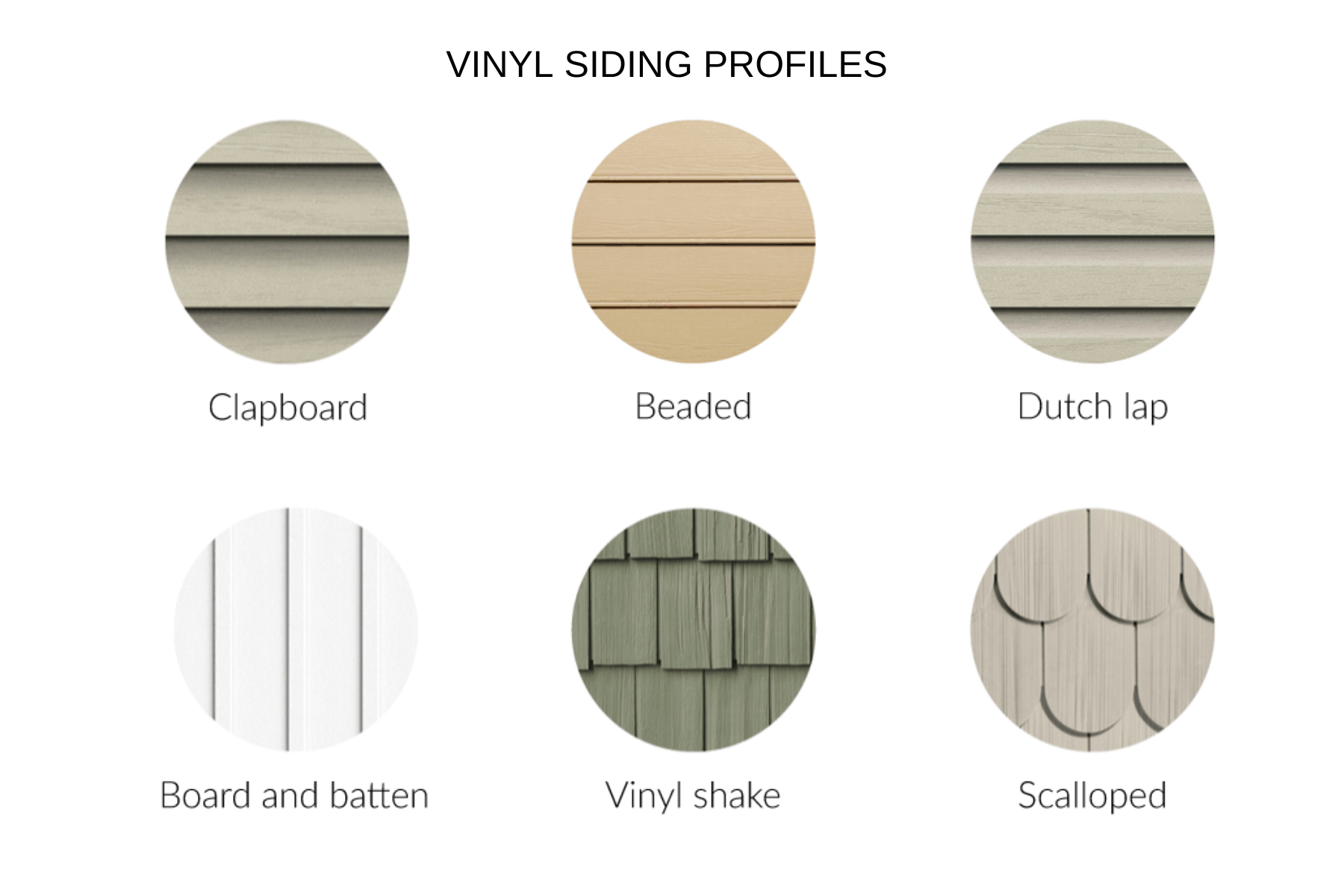
Vinyl Siding Styles:
Horizontal:
-
- Clapboard
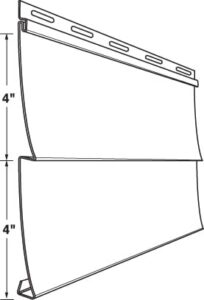
Clapboard profiles are very similar to traditional wood siding, featuring straight faces and crisp edges. The clapboard profile supposedly originated when Native Americans shaped timber from the land which they built their dwellings on. You may hear clapboard siding referred to as single 6”, double 4”, triple 3”, and other profiles. Single, double, or triple refers to the number of courses/ rows, per panel of siding. The number refers to the height of each course.For instance, a double 6 clapboard vinyl siding is two courses high, with each course measuring 6” tall
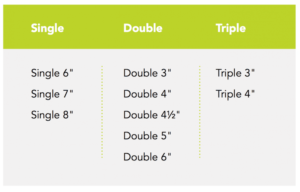
-
- Dutchlap
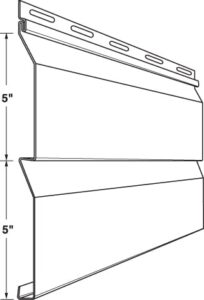
The dutchlap siding profile originated in northern Europe, although it was made popular in the Mid-Atlantic region of the United States during the days of early settlers. This profile is a popular alternative to clapboard, featuring strong shadow lines created by the curve at the top of each course.Similar to clapboard, dutchlap vinyl siding is categorized by how many courses on a panel, and the height of those courses
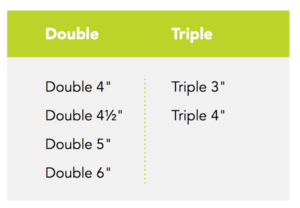
-
- Beaded
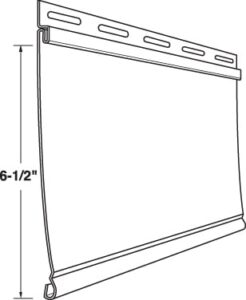
Beaded vinyl siding is similar to the clapboard profile, but it features an additional rounded bead at the bottom of each course. This bead enhances the shadow line created by each course, and originated in the southern United States. This profile was popular on buildings constructed in the south prior to 1800, and maintains its popularity in the region today. The most popular profiles of beaded vinyl siding are single 6”, single 6.5”, and single 7
Vertical
-
- Board and Batten
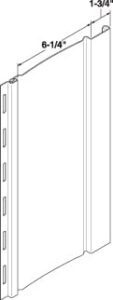
Vertical vinyl siding, also referred to as board and batten, has been one of the fastest growing profiles in the United States in recent years. Vertical siding designs date back to medieval times, and were deep rooted in the design traditions of the Midwest, mountain regions, and West Coast of the U.S. Vertical siding alternates wide and narrow panels, the wide portion being the “board” and the narrow portion being the “batten”. Although generally used as a accent, vertical siding can be used in whole house applications. The most popular vertical siding profiles are board and batten 6”, 7”, and 8”
Panels:
-
- Shake Vinyl Siding
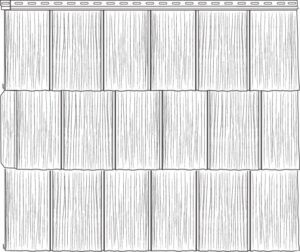
Originating in the Northwest and East coasts of the United States, hand split cedar shakes were used to protect early homes from the harsh environment of the seaboard. Today, shakes are used to achieve a natural look, and have become very popular in accents on gables and other sections of the home, or as a whole house application.
Using vinyl siding shakes provides the same rugged beauty of hand-cut cedar shakes, without the ongoing maintenance hassles. Shake siding typically features two types of edges: staggered, which has varying lengths to create a more rustic look, or straight, with all shakes being one length for a more crisp appearance.
Popular profiles of shake siding are:
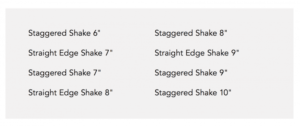
-
- Shingle Vinyl Siding/Scallop Vinyl Siding
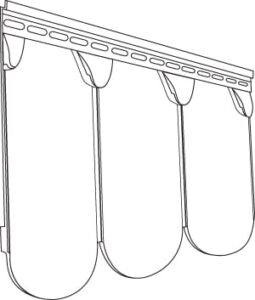
Various profiles of shingle siding gained popularity in the northeastern United States during the late 19th century. Shingles come in a wide range of profiles, and are typically used as accents in gables or dormers.
The name of the shingle profile typically refers to the shape that it emulates. Rounded scallops, hexagon, octagon, fish scale, and mitered corner are all popular shingle vinyl siding profiles.

